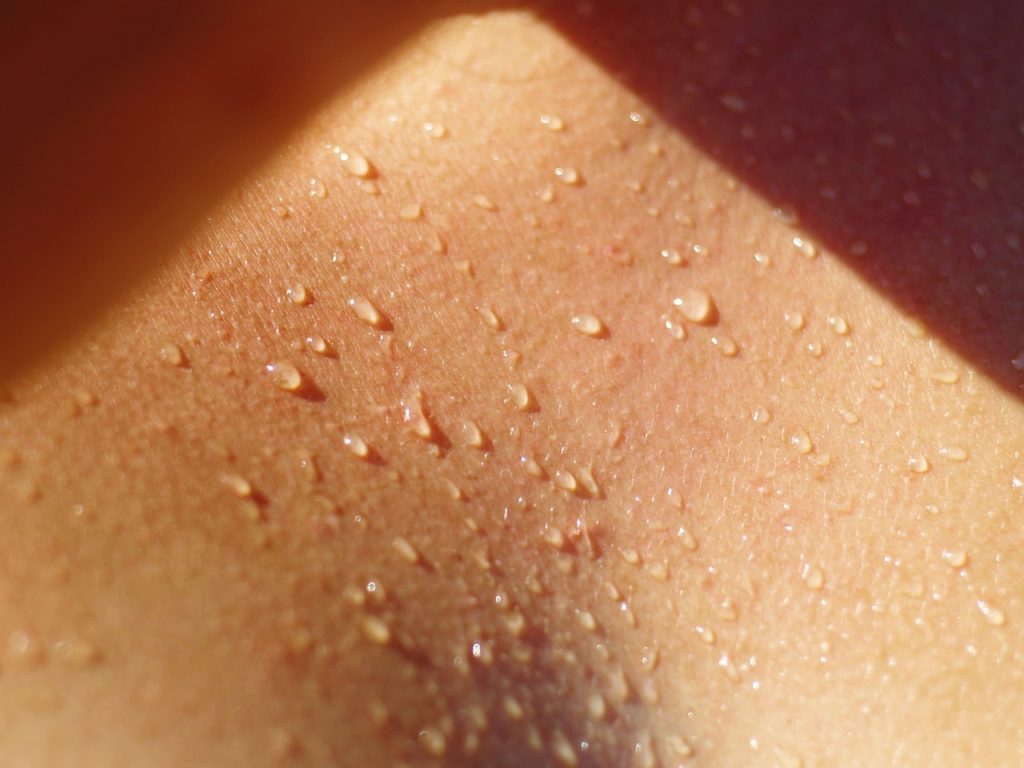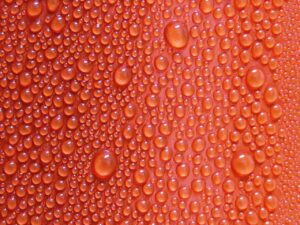Did you know that November is considered to be Hyperhidrosis Awareness Month? This awareness campaign is intended to share information about hyperhidrosis (a medical condition causing excessive and uncontrolled sweating), share stories of those affected, and break the stigma associated with this condition.
Although November has ended, it is still incredibly important to increase the recognition of hyperhidrosis and its impact: physically, emotionally, socially, and psychologically. To help with this, Patient Worthy recently sat down with Dr. David Pariser, MD, FACP, FAAD, a practicing dermatologist with decades of experience within this sphere.
In our discussion, Dr. Pariser shares more information on hyperhidrosis, symptoms, and treatment options; the necessity of reducing stigmatization; and the various resources offered by the International Hyperhidrosis Society, which you can find at SweatHelp.org.
About Dr. David Pariser, MD, FACP, FAAD
Dr. David M. Pariser, MD is a senior physician operating out of his private practice, Pariser Dermatology Specialists, in southeastern Virginia. He is double-board certified by the American Board of Pathology with special competence in Dermatopathology and the American Board of Dermatology. Dr. Pariser shares:
“I am also the former president of the American Academy of Dermatology and the founding president and board member of the International Hyperhidrosis Society. Treating patients with hyperhidrosis has always been an interest of mine. I founded the International Hyperhidrosis Society in the early 2000s after the first product came onto the market that treated this condition.”
Beyond hyperhidrosis, Dr. Pariser’s specialties and research interests include psoriasis, acne, atopic dermatitis, and photodynamic therapy. He explains that one of the reasons he was drawn to hyperhidrosis was that:
“Despite its incidence being effectively the same as psoriasis within the United States, many people had no idea that it was a treatable medical condition.”
Learn more about Dr. Pariser here.
What is Hyperhidrosis?
While hyperhidrosis is not a rare condition, it is both under recognized and underdiagnosed. Only one in four people with this condition will receive a diagnosis. As described briefly above, hyperhidrosis is a condition characterized by excessive sweating that is not brought on by heat, exercise, or normal causes of perspiration. Dr. Pariser shares:
“The amount of sweating that people do is a continuum from almost none to a ridiculous amount. Sweating conducts the physiological function of cooling the body. It is the body’s air conditioner. Excessive sweating is going to vary from person to person because what’s excessive for me is not for someone else. People with hyperhidrosis are the five percent of the population where sweating occurs all day and when it’s not supposed to.”
There are two forms of hyperhidrosis. Primary hyperhidrosis occurs when the nerves that signal to sweat glands become overactive. Doctors aren’t entirely sure why this happens, though many believe that there could be an underlying genetic component. Secondary hyperhidrosis often occurs as a result of another condition or situation, such as medication use, low blood sugar, thyroid issues, nervous system disorders, and diabetes (among others).
In primary hyperhidrosis, Dr. Pariser explains that the sweating is focal, meaning it affects one or more body areas (just the hands, just the feet, etc.). He further explains that excessive sweating often manifests at younger ages. Palm sweating may occur in children as young as kindergarten or first-grade. This sweating may become apparent when parents are holding their child’s hand on the way to school. Underarm sweating manifests around puberty. Because of this, and the changing nature of the body, those affected may get blown off by parents or have physicians who fail to understand the gravity of the situation.
Symptoms and Manifestations
The main symptom of hyperhidrosis is excessive sweating, most commonly on the hands, feet, face, or underarms. This may be so severe that people sweat through their clothes; it may also cause interruptions or issues with daily routines. For example, Dr. Pariser explains:
“Having hyperhidrosis of the hands and underarms can cause immense social stigma and anxiety and can prevent people from pursuing certain occupations. Think of the office worker who has to buy three of the same shirts to change in the middle of the day or the police officer who can’t fire a gun because his hands are too sweaty. I knew a mother whose hands sweat so badly that she dropped her baby trying to put him on the changing table. One of the first patients I treated with Botox injections was a high school teacher whose wet hands would disintegrate chalk. This can cause a lot of social anxiety. That’s why I believe that telling patient stories can be as impactful as scientific data. It helps people to truly understand what these patients are dealing with.”
Hyperhidrosis can also cause:
- An increased risk or susceptibility for infections
- Discomfort from wet clothes and slippery skin
- A threefold increased risk of anxiety and depression
- Damage to phones, other technology, clothing, or other items that someone owns
Join us in Part 2 as we discuss myths and misconceptions about hyperhidrosis, treatment options, and the many resources of the International Hyperhidrosis Society!








